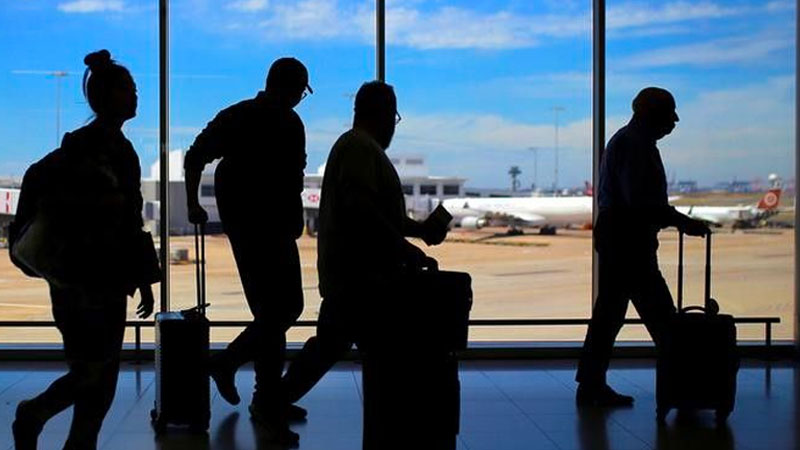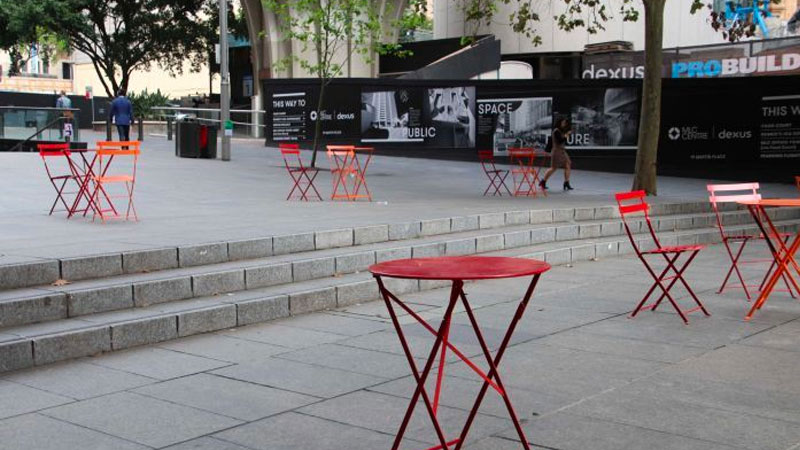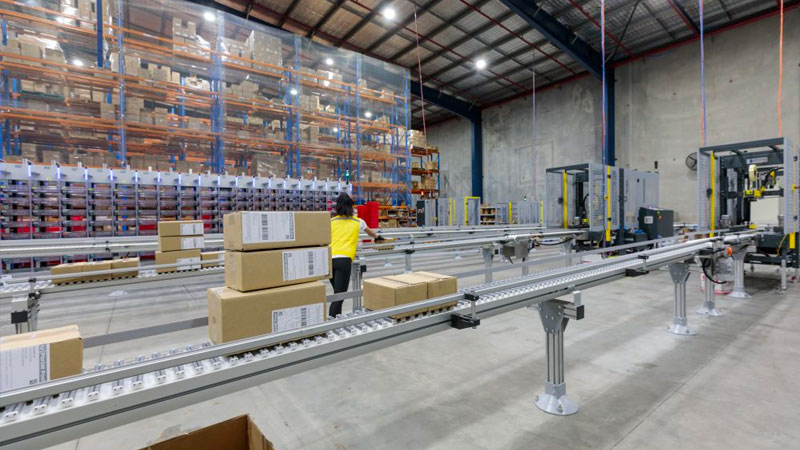Coronavirus Forces Property Sector to Narrow Outlook
The deteriorating macroeconomic environment and uncertainty surrounding the implications of the coronavirus pandemic has forced leading commercial real estate companies to take a shorter-term outlook for the nation's real estate sector.
The fast-spreading outbreak, which has threatened economic supply chains around the world, has now caused widespread bloodletting across financial markets, with Australia on the brink of its first recession in almost three decades.
In an attempt to buoy the economy, the federal and state governments have announced sizeable stimulus packages and enacted sweeping social measures in an attempt to slow the spread of the deadly pathogen.
The property industry has also reacted, with several firms closing their offices temporarily and instructing staff to work from home to reduce the risk to public health.
Despite precautionary efforts, the escalation of the global shutdown has further highlighted the unprecedented interconnectedness of the globalised economy, and placed the property sector in a precarious position.
Related: Property Stocks Hard Hit as ASX Plummets

The extended shutdown of Chinese factories following the outbreak has spelled trouble for many Australian building contractors, facing delays of up to four weeks for materials.
“The suspension of manufacturing in China is causing considerable disruption to supply chains,” CBRE head of research for Asia-Pacific Henry Chin said.
“There will be a short-term slowdown in purchasing activity across the region, with many investors postponing investment decisions and moving into wait-and-see mode.”
“On the investment front, a lower interest rate environment will ensure prime core assets remain ideal defensive plays.
“Assets providing steady income streams will be the focus, while interest in logistics assets will strengthen alongside solid e-commerce industry growth.
“The evolution of consumer behaviour and adoption of new technology such as the cloud will drive sustained demand for alternative sectors such as data centres and cold storage.
“Rising vacancy is likely to suppress office rent growth until business confidence and activity is restored.”

In the traditional commercial market, retail remains the most exposed, particularly retail dependent on discretionary spending, while industrial property seems the most insulated but could be affected by supply chain disruptions.
However, due to the introduction of travel bans, the tourism and hospitality sectors remain a source for concern in the immediate term.
Overseas visitor arrivals to Australia fell 3.3 per cent in January in seasonally-adjusted terms, with the federal government acting by introduced a $76 million recovery package to assist the tourism industry.
“Demand for retail and hotel assets will suffer due to falling rental income and a slowdown in regional tourism arrivals, respectively, and will exert downward pressure on capital values,” Chin said.
Although yields for prime core assets remain low, experts anticipate well-located high quality assets will be able to withstand short to medium-term market weakness.
According to JLL chief research officer for Asia Pacific Roddy Allan, the prospect of interest rates remaining lower for longer as central banks reintroduce accommodative monetary policy could also help cushion further declines.
Related: Coronavirus to Disrupt Construction Supply Chains

“A continued low interest rate environment and supportive central bank policies may offset some of the macro headwinds and provide further confidence to investors’ real estate strategies.”
“In a low-yield environment, real estate has proven to be an asset class that provides investors with a good risk-adjusted return.”
The office sector is also expected to withstand the outbreak despite the the accelerated adoption of flexible working and implementation of self-isolating workplace wellness measures.
Absorption is tipped to keep pace with deliveries of new office supply and in turn keep the national vacancy average rate stable.
Student accommodation players are also feeling the heat although many remain confident that students from elsewhere in the region will occupy their rooms.
Impacts could abate by mid-year
Pointing to the Fukushima tsunami of 2011—analysts forecast that once the outbreak is contained, the negative impact to near-term growth will largely reverse as pent-up demand induces a surge in economic activity afterwards.
“If past outbreaks are a useful guide, then COVID-19 should largely be contained by the first half of 2020,” Cushman and Wakefield chief economist Keven Thorpe said.
“Most anticipate a strong rebound in markets in the second half of the year the global economy was gathering momentum heading into 2020.
“Assuming infections globally will abate by mid-year, and with more government stimulus now going in, market conditions will be primed for a robust rebound as pent up demand is unleashed.”
The Reserve Bank of Australia (RBA) will meet on Thursday to discuss emergency measures and many economists are preparing for a rate cut and Australia’s first-ever quantitative easing program.















